It’s Chou-Tac,
I’m very happy to have this conversation with you about Industrial Design.
I received a series of 7 questions from Jimmy Huynh who has also a YouTube channel about Industrial Design.
And he also shared these questions with other YouTube channel designers.
How to become an Industrial Designer?
- Industrial Design is a fairly uncommon field. How did you discover it?
- How do you explain your job to those who don’t know about ID, Industrial Design?
- What inspiration has developed your ID style?
- Which design company would you like to work for?
- What’s your go-to Industrial Design program?
- What do you dislike the most about Industrial Design?
- What makes Industrial Design good?
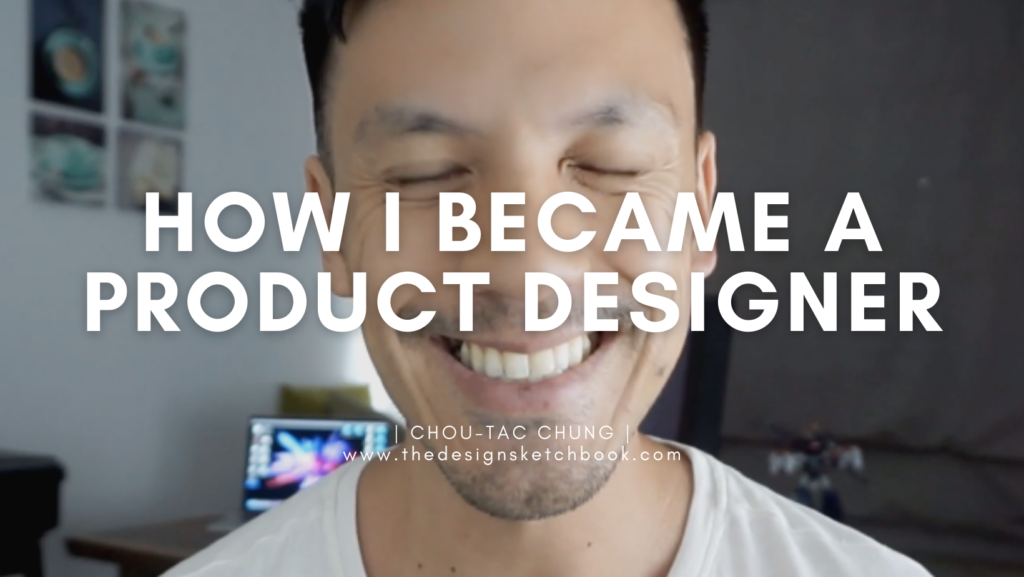
Alright, so let’s start.
So with the 1st question!
1. Industrial Design is a fairly uncommon field. How did you discover it?
So I was like 12 years old, 11 – 12 years old, I was at home, I discovered it by accident.
Basically, I used to live with my brothers in the same room.
So all the stuff was shared in the same room. The books, the toys, and so on.
And my elder brother was 18 at that time, and I believe he was starting to, look for what university and what courses he was going to.
And I discovered a brochure about the university, a Design School about product design, about design, actually. And then I opened the brochure, I remember there was like, yeah, there was a Bulldog on it on the cover.
It was appealing.
I discover we can make a living from creativity and our own drawings!
And I start to flip the pages. And I discover many visuals about visual communications, transport design, fashion design, product design, and so on.
And this is what started to make my appeal, I started to realize that you can make a living not only by having the traditional path, like doing business, banking, engineering, and so on, but you could actually make a living with creativity and with your own drawings.
Anyway, I was just 12 years old. I closed the brochure.
I never saw that brochure again, still, many years later.
And I believe that it was just a starting to plant the seed in my mind.
Just for the anecdote is that I think my brother was not… didn’t dare to apply for design school. I never really had this discussion with him, but I believe we were still 3 kids at school and at university.
Then it was just too expensive.
It was a private school.
Anyway, and just for the info as well is that this school has been the one that I enrolled years later, when, after my business school, I was like… I was 22 years old when I enrolled in my design school. It was expensive still, I believe even more expensive.
My Brother was already working. He already had a career and to thank my parents to pay for his own studies when he studied abroad.
He proposed to me that he would simply sponsor me.
He would pay for my first year for me to kickstart.
And Yep, so let’s carry on…
2. How do you explain your job
to those who don’t know about ID, Industrial Design?
Alright, so basically, when you meet up with someone new, you ask, what do you do in life? What’s your name, what’s your age, and so on.
And when I tell them that I’m a Product Designer, they want to know more about it. They are very curious about it.
They often relate it to the arts. And they ask me if I know how to draw a portrait. And I say no because that’s not my specialty. And that’s not passionate to me.
Even though I believe it’s an amazing skill.
Designers create products that makes a better life.
However, when you’re a Product Designer, you are designing for other people. You’re designing for filling a need, creating some product that makes a better life.
And when I tell them that, actually, I invite them to look around them.
And to see all the products around them – that surround us.
And basically just make them realize that before this product to be – to exist, someone has to imagine it.
And at some point, most of these products have been drawn by someone.
You have to communicate – before going to prototyping and productions, you have to do the first drawing.
So for you guys who are behind this screen, who have this conversation with me now, I invite you to also look around you.
And to imagine that every single product that you have, maybe in your room, outside, your phone… any things have been already drawn by someone.
And it is pretty exciting because creativity is just everywhere.
And this is what I love about product design.
3. What inspiration has developed your ID style?
Okay, so this has been a journey.
So knowing that at first when I started to learn how to draw, I was just copying.
When I was a kid, it could be Dragonball Z, the manga… Mickey Mouse and so on and so on. The Simpsons, I loved it.
My sketching style has been guided toward expressing emotion through my lines.
But then I came into industrial design and I discovered worldwide, much more wide inspirations and product inspiration and then I started to get interested in sketching style, which is more dynamic, giving more emotion.
And I remember that the first course was actually about nude posing, and live drawing. It was my first real experience of how you can draw with a lot of emotion.
The idea is that we have a model posing in front of us and you have we have to draw within like 2 minutes, the main gestures, the main posing, just giving the feeling of the attitude.
And this is how I started to implement this in my drawing style, and some more added to it, my teachers who also were inspired by Star Wars, with Feng Zhu.
All these amazing sketches also fill my head with very beautiful pictures that make me, even more, dream about the profession.
It has been really a journey I even also get inspired by fashion design.
I went to study in summer school in Los Angeles, at FIDM where I learned from Nancy Riegelman in the book 9 Heads – How also to draw the poses into Fashion Design, with a very light drawing style and I really loved it as well.
Fashion Design and illustration are something that I also enjoy studying besides my product design courses.
Because this is where art comes into the picture in design is that you can build, you can assemble. you can modify different sketching styles and actually make your own.
And this is what I – I loved it even if it had changed, evolved over the years.
It has only been guided by giving emotion to your lines and yeah, basically like, when you want to present something, you hopefully – you hope that people will look at it are getting that feel.
And this is what we want because we are not communicating only pictures, but also emotion.
4. Which design company would you like to work for?
There are 2 companies that I have in mind.
The first one is SONY.
The reason why is the cultural stories about it.
And actually, when you are designer, you don’t really just you just don’t want to make pretty pictures. You just don’t want to make a pretty product.
You get interested in stories, in people.
And if you allow me like 2 or 3 minutes like a bit of “Bubble story” I would say – It is just that I am very fascinated by Japan. Besides Sony, being a Japanese brand has very beautiful cultures and stories behind it.
And it comes from the Japanese from the Samurai to nowadays will become a salaryman is like from the moment that you get born until you die.
There is just one common path to succeed in Japan. And it’s so much pressure to become what they call a Salaryman. Someone who’s being part of huge corporations to build up Japan.
Especially from the trauma of World War II. A minority of them are going to hide from all this – all this social pressure. And they are called OTAKU. They are assimilated to NERD.
They hide in their rooms and they don’t want to get out because they just want to enjoy their life from their own visions. And this is why actually they – from being hidden from society created a counter-movement into entertainment.
- This is how the PlayStation gets created.
- This is how the manga is created.
And this is how all these things coming from a minority get so huge nowadays – it is because they dare to do things differently, which is what I love about design because I believe that being a designer is being kind of a Rebel.
Designers are rebels. They are like Pirates.
You’re kind of an invisible rebel, I would say but do so much huge things into entertainment and we are like Pirates.
And this is why a company like Sony, a Japanese brand, who is who tends to keep innovating is what I get interested in.
The second company that I wish to work for would be Decathlon, which is a French company for sports goods.
When I was a kid, actually Decathlon was not a really fancy company.
It was a kind of “cheesy brand” I would say.
When I grew up, suddenly, you would see the store getting better and the product getting better they were not just importing from China there was developing them by themselves.
Until the day they even discovered that they became the most – biggest European design – the biggest Design Center in Europe, and this is what impressed me.
And when I was in my design school, I had a teacher, Miss Gerard, who was a Designer who has a high position in Decathlon.
And the way that she taught us to design, I loved it.
Because it was once again it was not about pretty pictures, it was not some mimic of a good product.
They had to be functional, of course, they have to answer a need, but they have to appeal to the emotion of people.
Once again emotion is something that is very close to my definition of Design.
This is why I started to love even more product design thanks to her because this was really amazing to see how the design process is all around the users.
How they think not only about what they do but about what they emotionally need in it and how they are going to react in front of a product.
A Designer create stories. Real-life stories.
And this is what you need to think about. It is not just designing the product itself, you need to design the whole storyboarding.
You need to design the whole story of how people are going to see, feel, to use.
To use your product and this is why it is going to make it more exciting as well for you to create but also for the users to use it – to buy it and use it.
And yeah, also Decathlon, if you look for inspiration and some people will go to the museum, and personally, I like to go to a museum for drawing. But I love to go to Decathlon. I have freshness, have new ideas, I have a freshness to say “WOW!” this designer is doing great!
And when you have the feeling that everything has already been made, just go to Decathlon and you will see always some new stuff to get impressed by.
And yeah, they’re giving you even more faith to always innovate and make the world a bit better on your own scale and hopefully on a bigger one when you join such a big company that succeeds to do great.
5. What’s your go-to Industrial Design program?
My top favorite design program that following me all along since my student and professional time is the light software Sketchbook Pro.
So I will write it down right here for reference.
And basically why I love this software is because it’s very light. I use it for sketching using the pencil tool.
And it’s very easygoing because even if… I especially recommend it when you’re a beginner why because when you get started in design sketching, the software can be very overwhelming such as Photoshop, procreate right now which is amazing.
Just saying that Sketchbook Pro is just straight to the point in terms of line works, in terms of giving also very nice quality lines for product designers if you want to add fluid lines.
Yeah, so that’s the one that I recommend even if you’re still professional. From what I saw in my journey is that product designers and transport designers love the software.
I highly recommended it for your guys and some more it’s free.
Yeah getting the link also in the info below.
So you can get and download it and make a try on it and hopefully, you will love it and just enjoy the pencil tool, especially when you get started. It’s a lot of fun.
6. What do you dislike the most about Industrial Design?
What I dislike the most about Industrial Design is that people do not learn it early enough.
Industrial design I mean the design is everywhere.
First Industrial Design shouldn’t be the First the right term.
It should be more Product Design in my opinion.
Because the name and the words have importance, whenever you say that “I am an industrial designer” is different from “Product designer” in the way that when you put the word Industrial you get into a mold of mass production.
When you go into Product Design, you still have more doors I would say for your creativity. And I believe that industrial designers if you want to get “mold” in – if you get into this mold you have to make sure that you think out of this box that is created from this naming – which I feel is pretty past.
Then to go back that we don’t learn it enough early is that creation is everywhere. Like what we saw at the beginning of this conversation is that every single product around you has been made by human has been created by humans from the imagination. Why do we learn okay…
Language, mathematics, and science are important,
but why don’t learn more about the arts?
Somehow if we learn about design earlier,
would we live in a more beautiful world with a more ethical, more caring?
Because once again we learn about product design.
We… industrial is about is oriented about mass productions about the industry.
But product design I believe is more human-centered.
We don’t have to be adult to learn about Design.
And if we learn this from a very early stage, at school maybe even at 6, 7 years old, how to create a product that can help other people like your neighbors, a classmate to, to get a better life like maybe your friend as a handicap.
How would you answer that?
I don’t know. We don’t have to be adults to start thinking about it.
You don’t have to be 18 to start to become a designer to start studying about it.
The university is so late.
When you start to think about it when you’re 6 or 7 years old.
It already becomes like kind of your DNA. And I believe that the world would be much better and much more caring at every level of society I would say.
Maybe we would get better transportation already, we would get a better way to feed the world I don’t know. It’s we get a better way to communicate with each other.
A better way to do sport. A better way to wake up in the morning. I don’t know. It’s crazy that everything can be improved.
But yeah, it’s a pity that on question number 1, being a designer is fairly unknown.
And I hope that it’s gonna be something broader.
7. What makes Industrial Design good?
Yeah, but once again, I believe that an industrial design that is good is something that caught the emotion.
Design a product to “arouse” the 5 senses of human.
And emotion from the human perspective is a calling from the five senses. It’s called from what you see. The aesthetic appeal. What does it mean about the symbols that your product is communicating?
Communicating… the sound.
The way for example, how a bottle is going to crisp when you are squeezing it, to remind you of its freshness of it.
A door that we close to make sure that you feel comfortable and secure. When you get in your car.
The touch has the comfort and the feeling to remind you that actually, your car is not only functional. It’s somewhere where you feel good like somehow like in your home – at home.
The smell, to make sure that you also feel good in your environment is somewhere that is not unknown.
And maybe the taste.
I don’t know.
As for the car, I don’t really know for sure now.
But for the taste as well as something which is an experience for a product if you want to.
It could be challenging, but I believe that the way that you can control every single… You know like… when like you’re… even design is applied for food design as well.
The aesthetic and when you eat it, in the way that taste is going to be diffused in your mouth, the way that texture is going to apply and so on step one, step two, step three, maybe like another taste will come at the 3rd level and so on.
This is the process that I love about industrial design.
This is what makes it great because this is like when you’re creating once again a scenario.
When what you plan is what is going to happen for the user.
What they feel.
When your imagination the story actually fits the needs of the users and the functionalities and then I believe it’s a good design.
To conclude is just that to become a great designer, make sure that you think about users, make sure you think about people and how you want to help them, and don’t first look, look for how you’re going to sell it to them.
This is over already and marketing is where the era when marketing was coming first for a product to be successful is over.
And now is the era to make good products.
And then people will love it, and people will share it and people will use it.
The best marketing
is when the marketing is included into your design.
That’s the best marketing is when marketing is included in your design.
All right, so I hope you feel that the conversation is interesting.
Hope I didn’t get too long, but it’s a kind of passionate conversation. And I would like to thank Jimmy Huynh for giving me the opportunity to answer these questions.
And you guys if you want to go further if you have a question to ask me below, feel free to comment below.
This video is going to help me with the algorithm and also get subscribed to the channel so we can keep in touch also click on the little bell as well to get the notifications.
So I invite you to see more on the blog to see more about the design industry and motivation articles, interviews, jobs everything about education as well on my blog, at www.thedesignsketchbook.com, and see you there on YouTube or my blog, and take care.
Bye-bye!
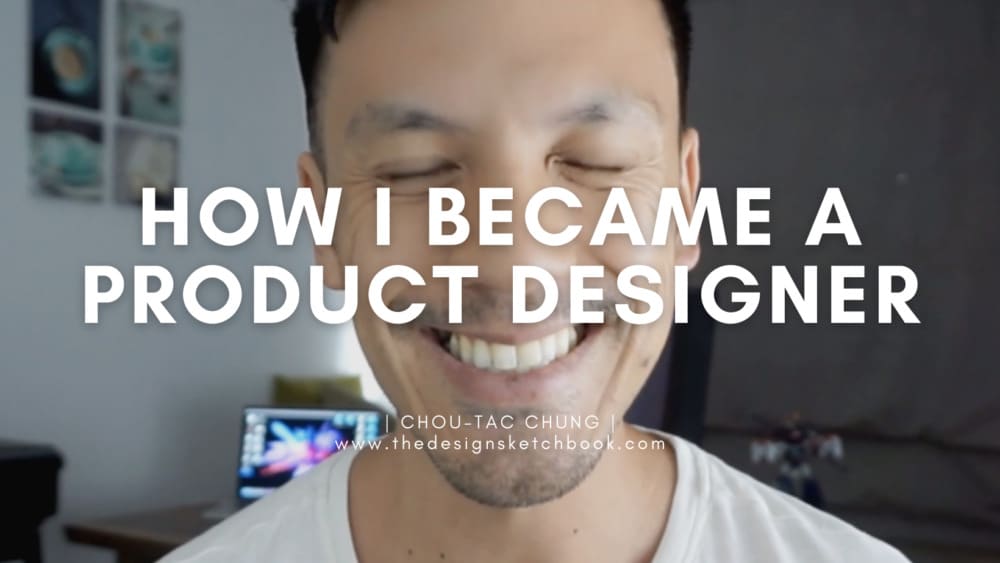
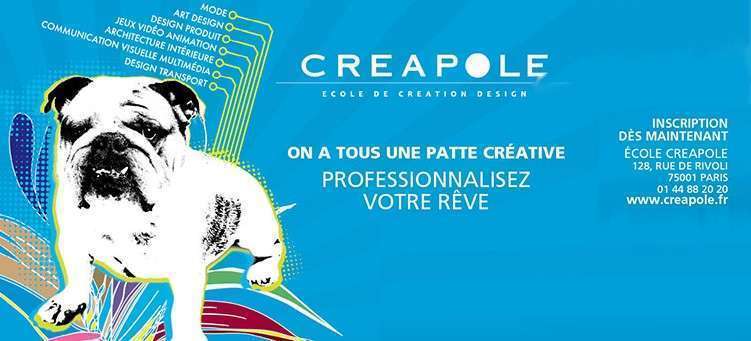
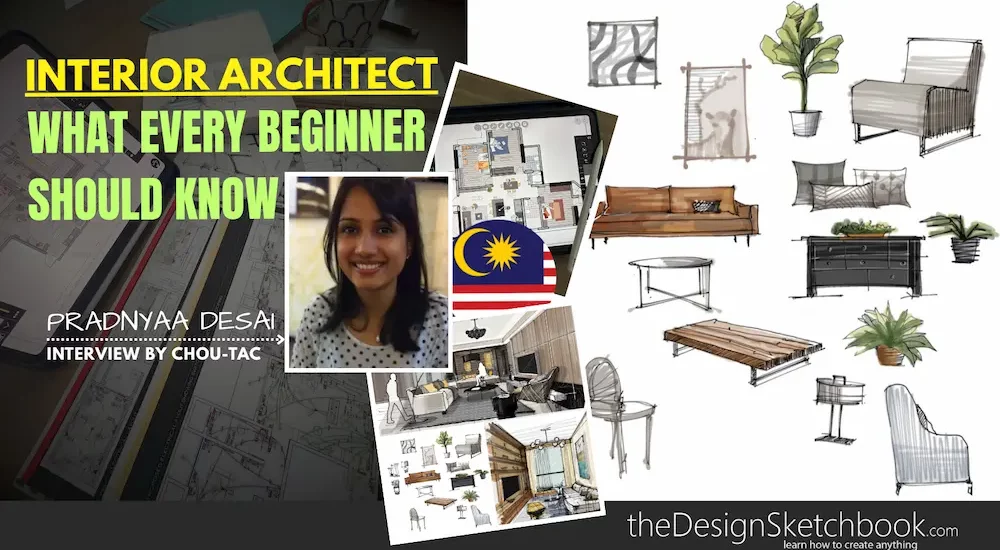
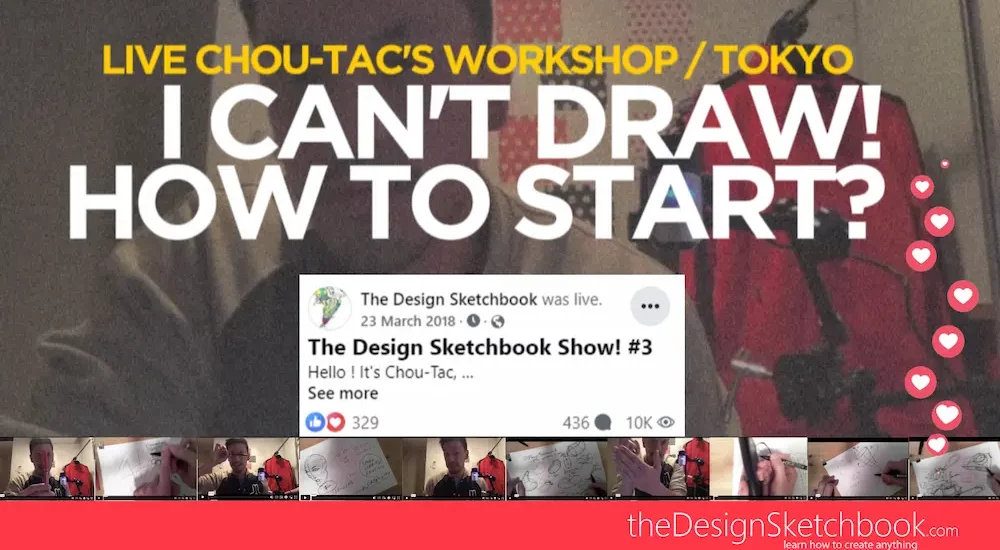
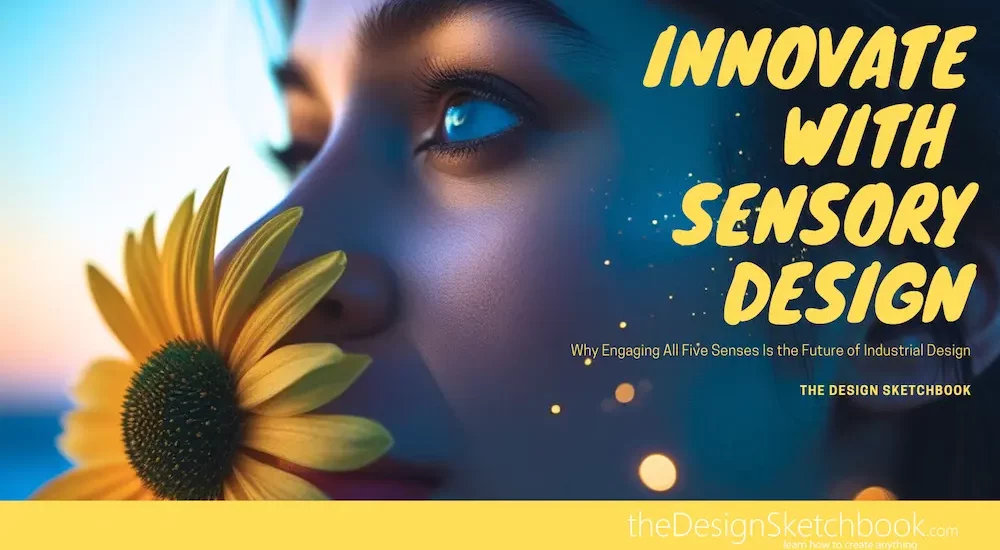
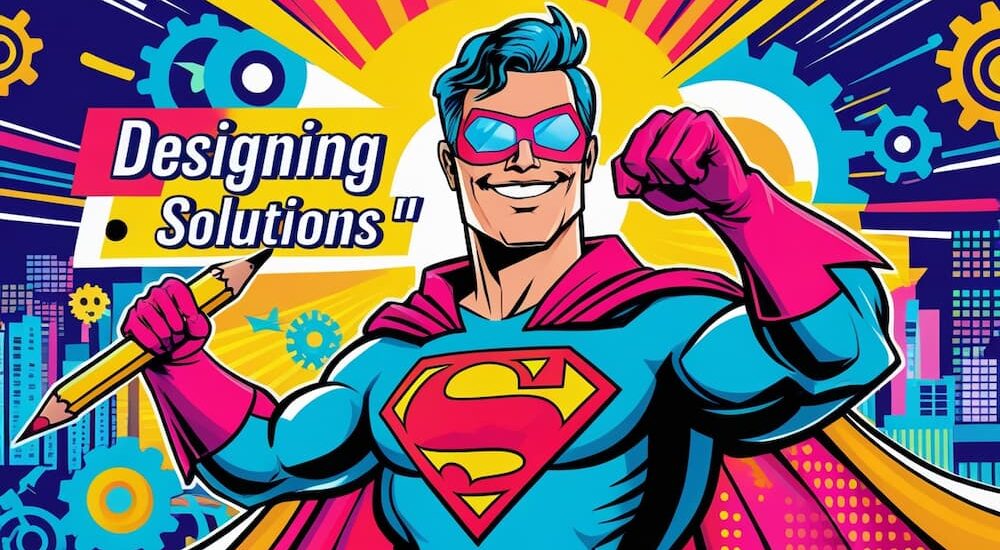
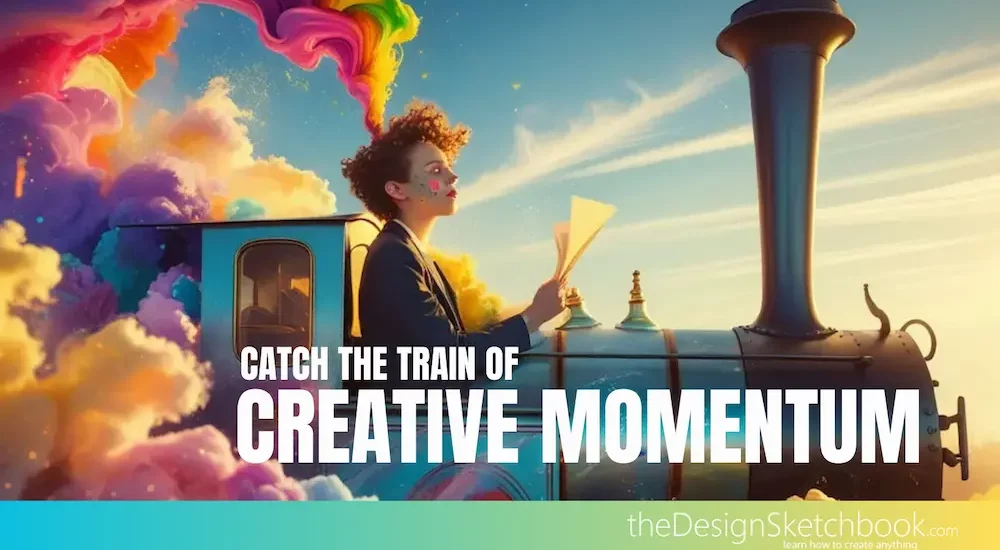
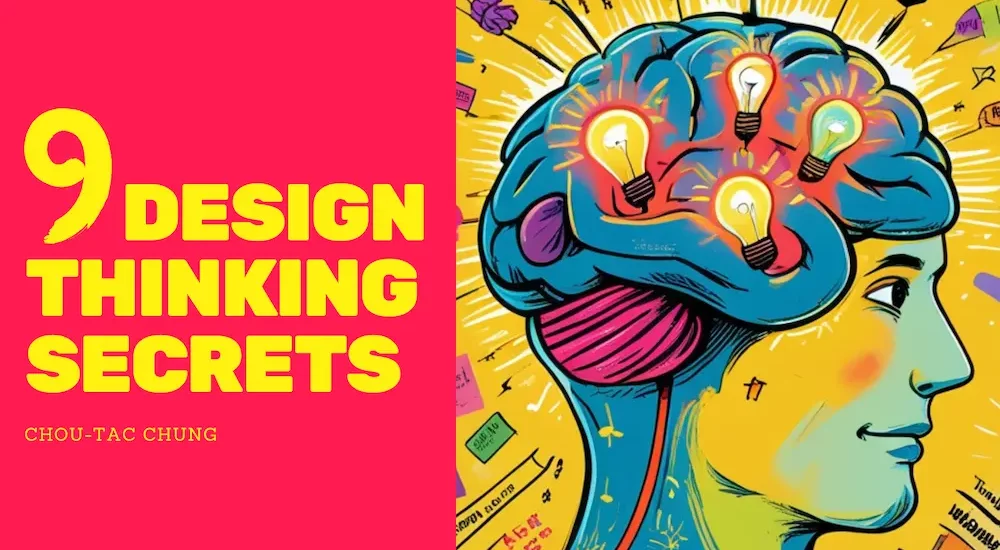
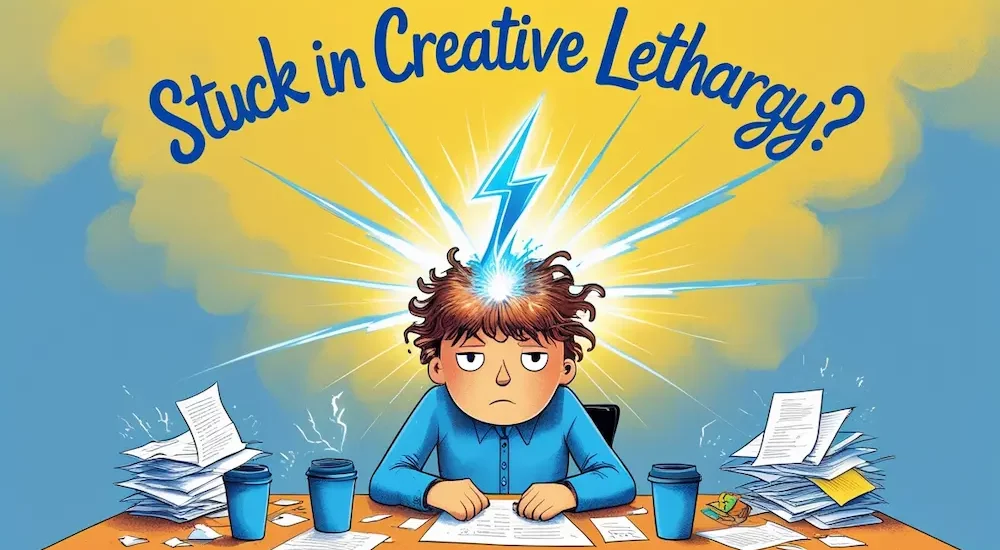
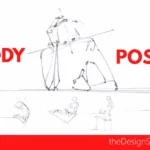
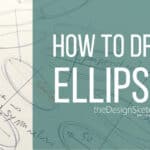
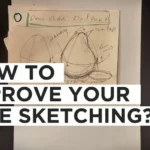
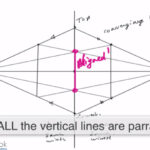
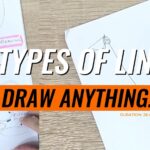
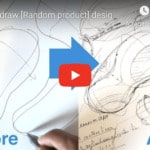
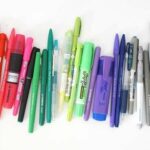

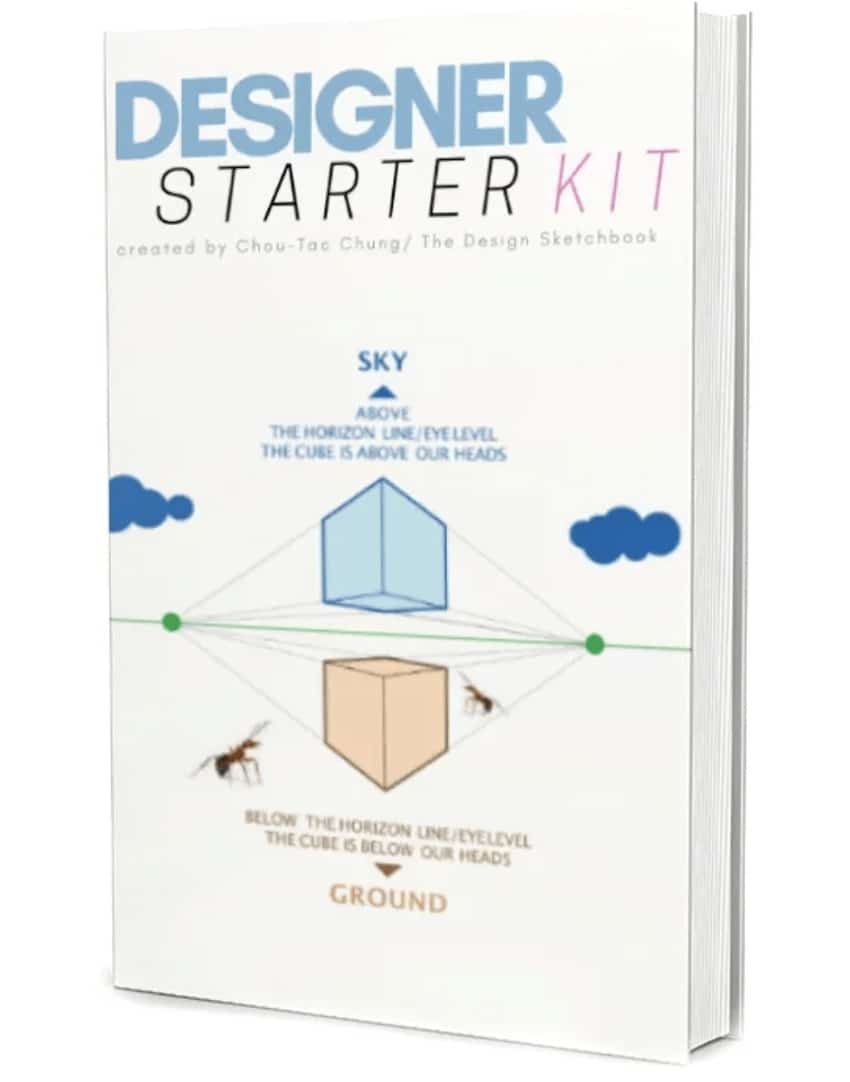
[…] ability of a person “coming up with an invention” has always caught my […]
[…] Now it’s time to make a living from your acquired skills and apply for a creative job as a Professional Designer! […]
[…] interview holds a special place in my heart. As a Product Design student, I was captivated by the incredible sneaker sketches Mr. Bailey shared on his blog and Instagram. His […]
[…] So, future design warriors, are you ready to conquer the world of industrial design? […]